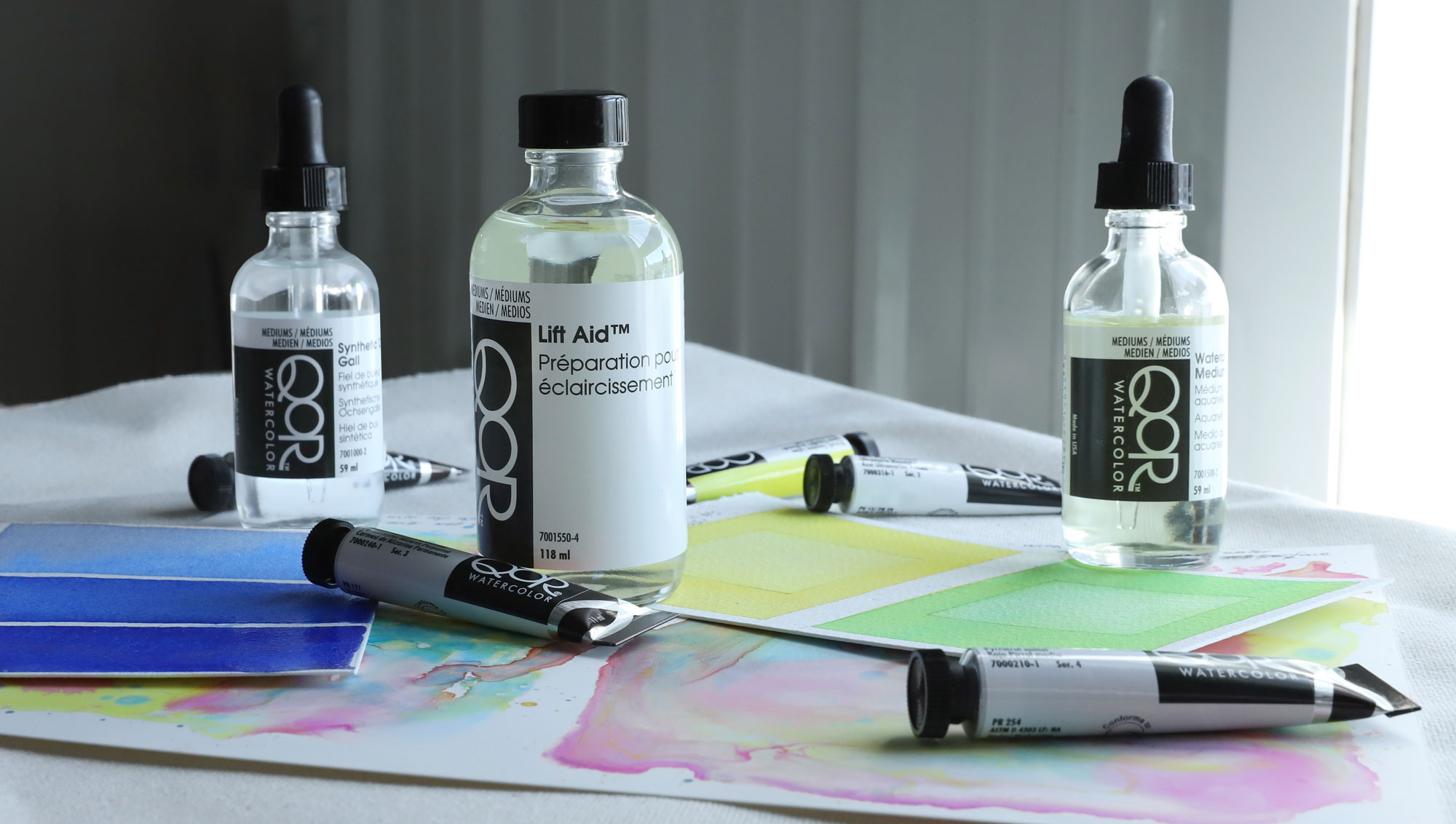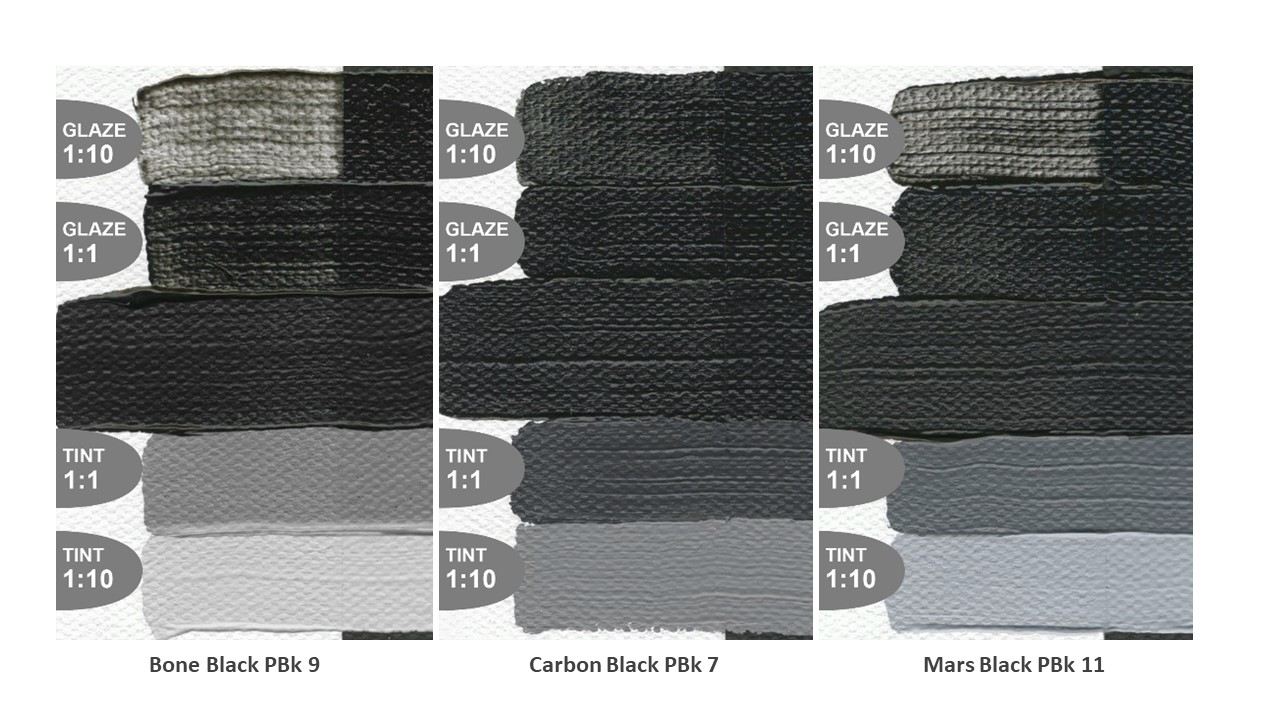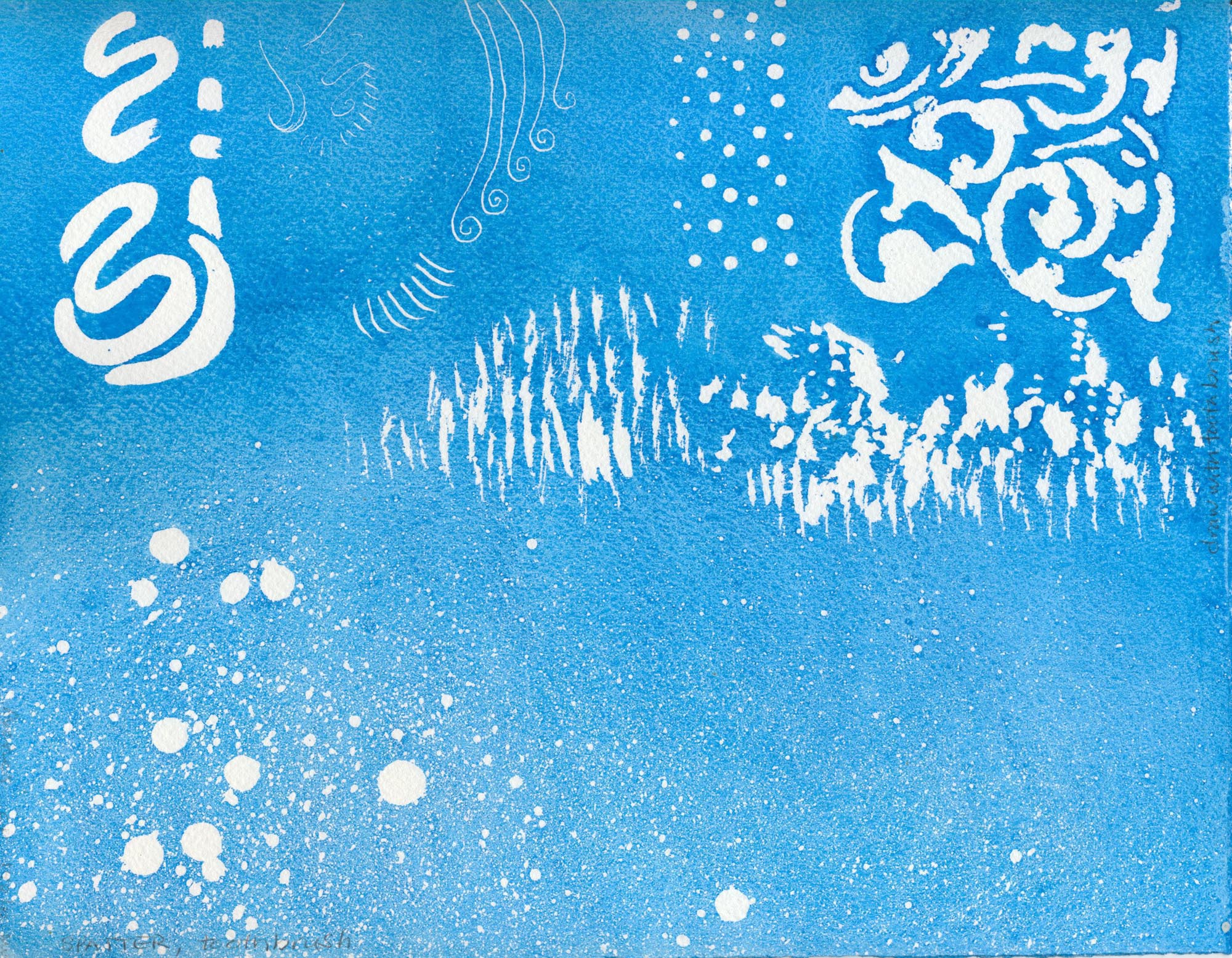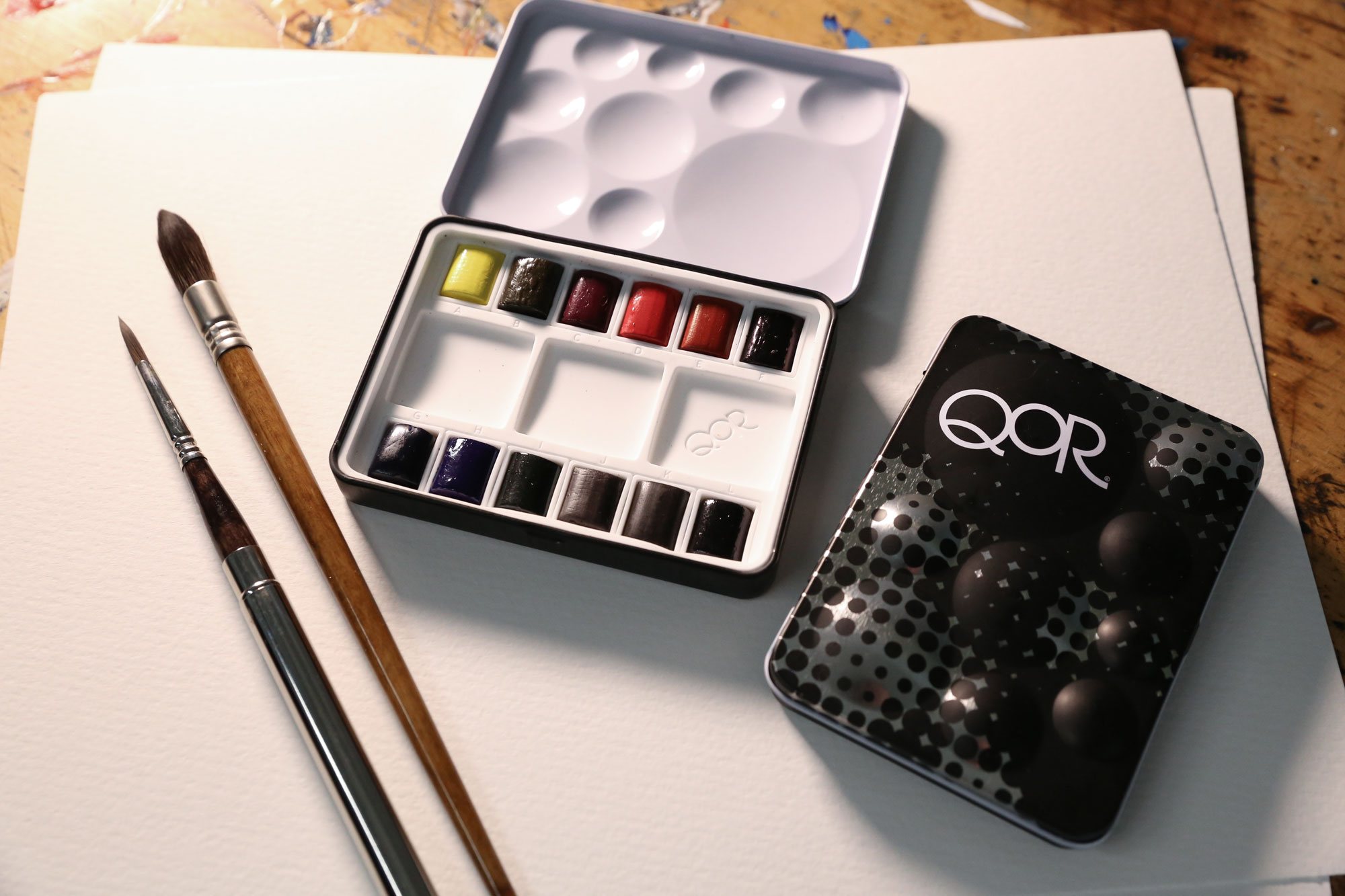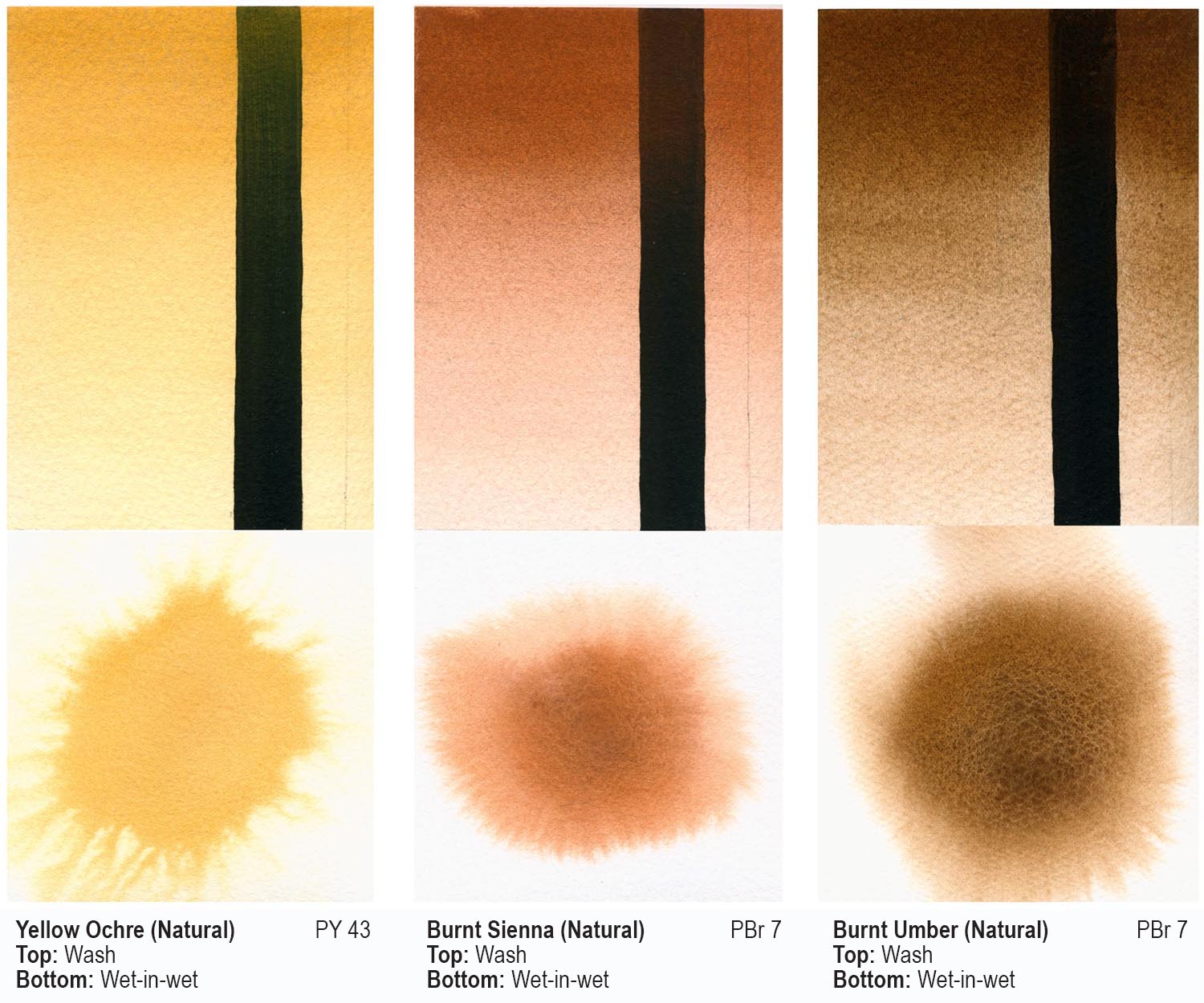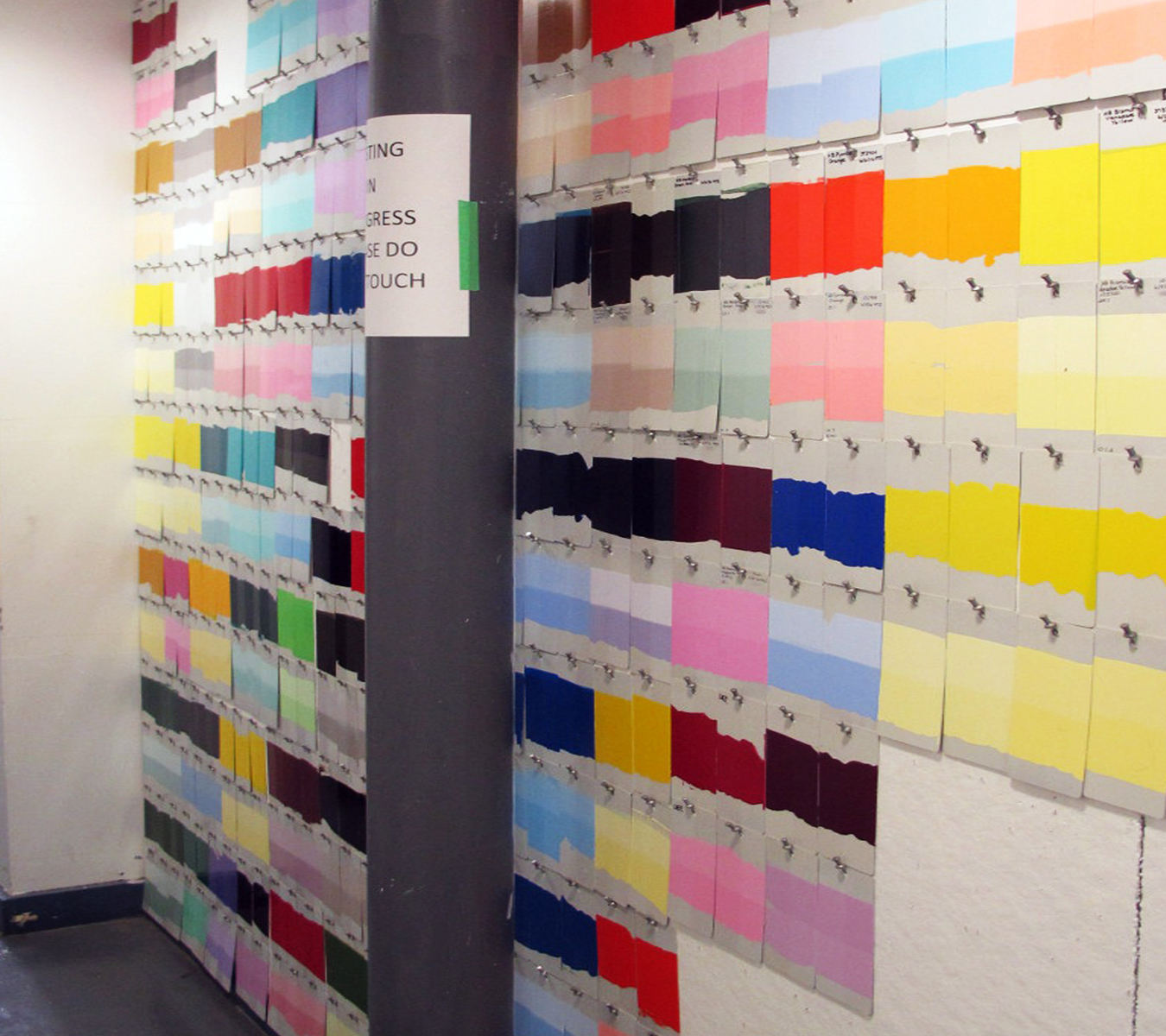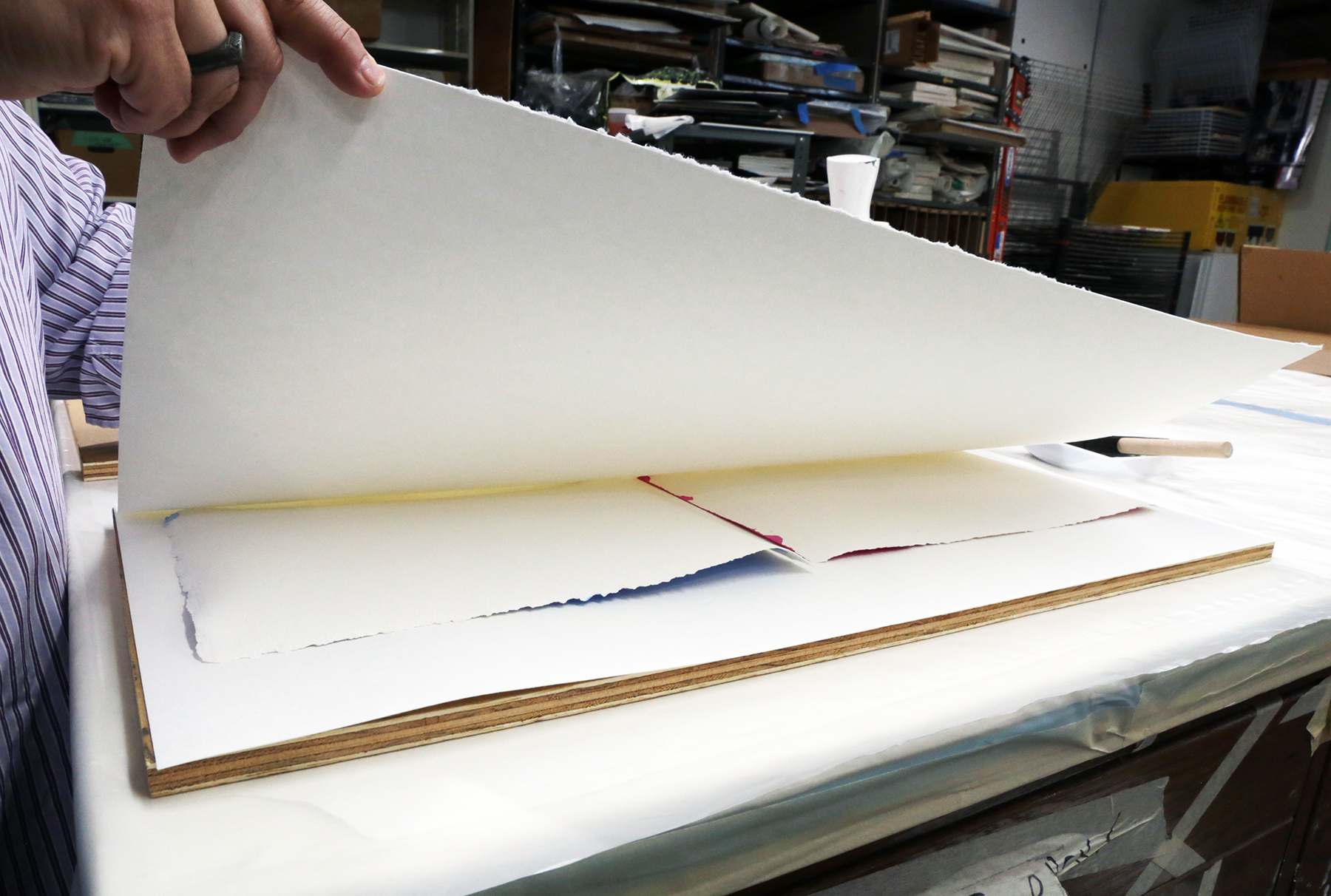Introduction When QoR Modern Watercolor was introduced to the painting world in 2014, we were so delighted with the color intensity and workability that we overlooked introducing the mediums and additives that were an integral part of the introduction of the line. So although six years later, we hope to make up for that neglect … Read more
Home>Uncategorized> Lift Aid> Masking Fluid> Synthetic Ox Gall> Watercolor Medium> Watercolor Mediums> Watercolors > Using QoR Watercolor Medium, Synthetic Ox Gall, and Lift Aid
Archive | Watercolors
Every now and then we get emails from artists inquiring whether our paints are vegan. We love that and are happy to share information so artists can feel comfortable using our products without compromising on their principles. To start the discussion on the same page, here is a definition of the term ‘vegan’ by The … Read more

Artists enjoy working with many different types of media on a variety of unique surfaces and while we at GOLDEN try our best to test many of the materials available to artists, we are unable to test them all. Being able to test for inherent sensitivities to water or solvents within art materials, for example, … Read more
For artists who push the boundaries of traditional watercolor, work in sizes large enough that framing is not practical, or just dislike the barrier created by glass, varnish is a valuable option for protecting their paintings.1 Varnishing is likely to alter color, value, contrast, granulation, and the appearance of the paper in a watercolor painting. … Read more
Whether your QoR mini needs a refill, or you wish to use QoR colors in your tried-and-true travel palette, QoR tube paints work beautifully in pans and half pans. Due to QoR’s modern formula, the dry tube paint will re-wet easily and provide the intense saturation or quiet subtlety expected of a QoR watercolor. We … Read more
QoR Masking Fluid is a ready-to-use, removable liquid made with natural latex which may be applied to watercolor paper or watercolor ground before painting. Once dry, the Masking Fluid will resist paint, allowing watercolor artists to preserve fine details and lines of white paper that might be difficult to paint around in traditional transparent watercolor … Read more
Introduction: If you seek an easy way to take watercolors on plein air painting adventures, the QoR mini with its half pans of luscious watercolors is awaiting your brush! The QoR mini is a travel set that provides twelve half pans of dry QoR Modern Watercolor paints in a small closeable metal palette ready for on-site or studio … Read more
The description “earth pigment” originally indicated both a natural material mined from the earth, and ancient iron oxide colors dominated by browns, tans, golden yellows, and rusty oranges. These are the painters’ traditional Sienna, Ochre, and Umber color families. Natural pigments now have synthetic siblings that greatly expand the earth color family. Synthetic iron oxides … Read more
While we often report on results from lightfastness testing, we have rarely paused to actually describe the process we follow. And let’s face it, for most people stating that our tests conform to ASTM D4303, Standard Test Methods for Lightfastness of Colorants Used in Artists’ Materials, does very little to fill in the blanks. In an attempt to solve … Read more
When painting on watercolor paper with transparent watercolor, the paper often buckles and stays that way once the painting is dry. This article offers one possible way to flatten the paper using a temporary ‘paper press.’ This method is appropriate for paintings composed of thinly applied glazes and washes of transparent watercolor on paper, and … Read more

